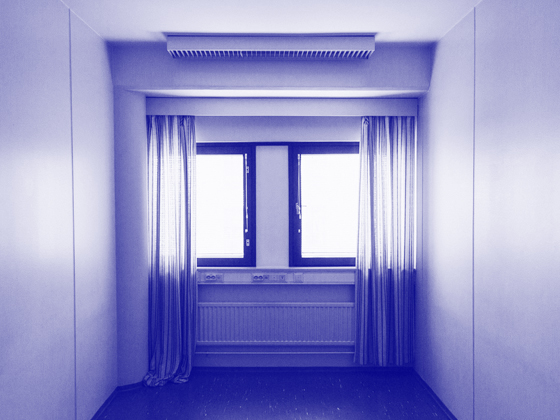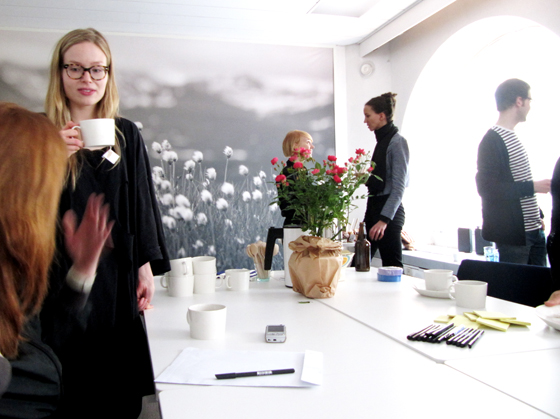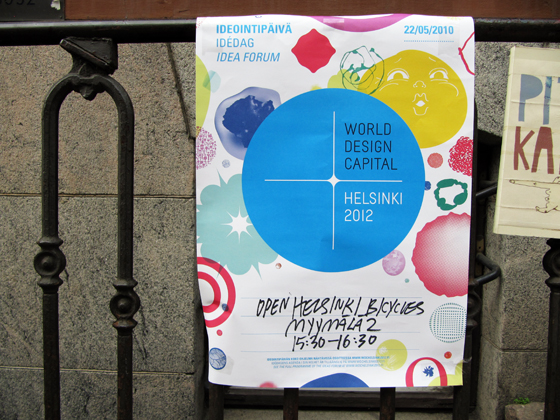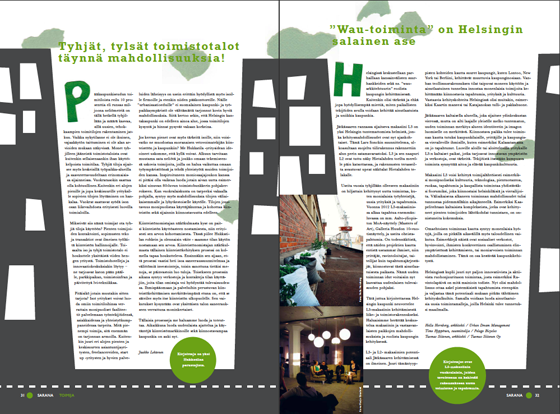
The concept Urban Dream Management derives from my master’s thesis for architecture (Helsinki University of Technology, 2008). The work discusses the revitalising of residual urban spaces through the means of temporary uses and events, and new ways of promoting public participation and innovation in urban development. The thesis focuses on case studies and new scenarios in Berlin but introduces ideas that are also applicable to other cities, such as my home town Helsinki. After the thesis presentation, I have been thrilled and a bit surprised to notice that temporary uses are becoming highly topical and officcially acknowledged also in Helsinki, where large industrial harbour areas are currently under transformation.
During the thesis project, I discovered that the spontaneous, temporary uses of urban leftover spaces have contributed considerably to Berlin’s status as a vibrant and creative city. The grass root activities have proved to have positive impacts on the city also in a larger scale. In many other European cities, similar phenomena have until now remained outside the traditional planning processes or legislation. Therefore, in Urban Dream Management I looked for ways to integrate the potentials of temporary uses also into the mechanisms of urban management and planning.
The temporary uses represent a new form of inhabitants’ active public participation, thus promoting more attractive, creative and liveable urban environments – the cities of our dreams. In order to promote the development of more attractive and liveable cities, the work suggests new practical ways of promoting public participation and collective innovations. Creating inspiring cities is not only a question of design but rather of attitudes. A basis for new urban developments, as suggested by Urban Dream Management, is that people should be encouraged to dream and develop their dreams into feasible forms.
» Click here to browse the contents of the book online.








2 Responses
Nicholas Bigelow
I just browsed your site… looks great and I’m very impressed.
Your thesis looks very interesting. I’m an American currently studying urban design at Lund University in Sweden and am extremely intersted in the topic you described. I too have been inspired by a trip to Berlin and have looked at similar examples in Amsterdam (check out the NDSM Shipyard). Would you be willing to share you thesis manual in PDF format? I think I would really enjoy the read and be able to learn a lot.
If you like you can email me at bigelow.nicholas@gmail.com as I’m always interested in the conversation.
ilteris
I second the pdf. I’d love to read this in a pdf format. Flash is a little bit of restricting. Thanks 🙂